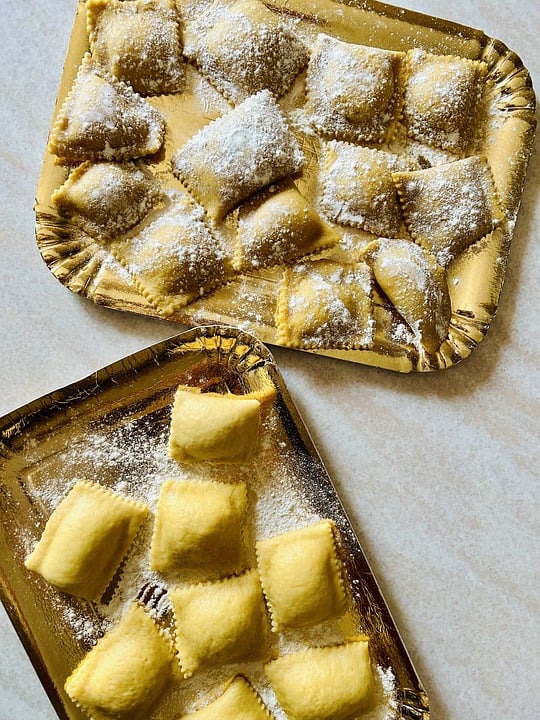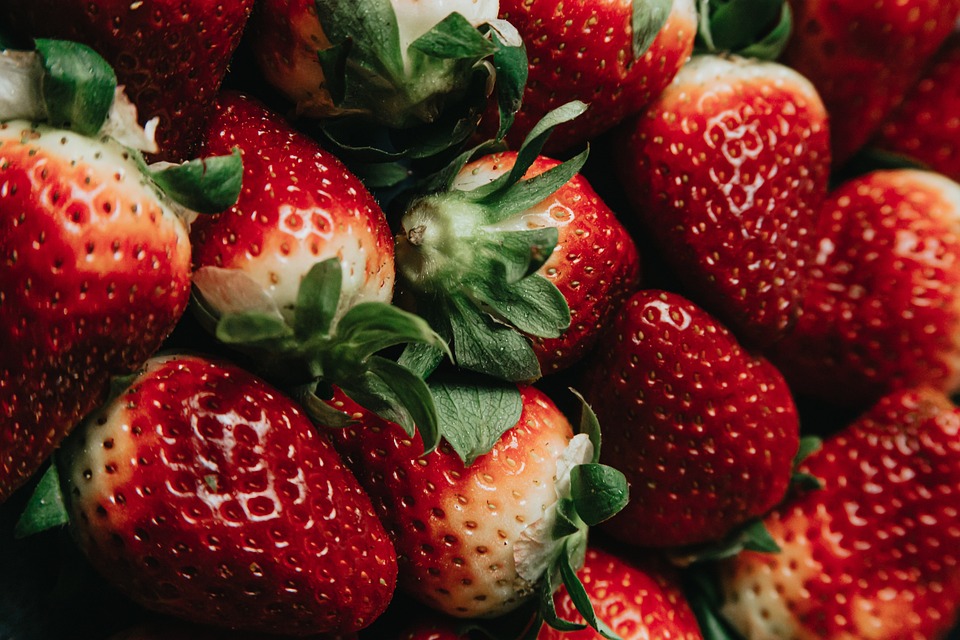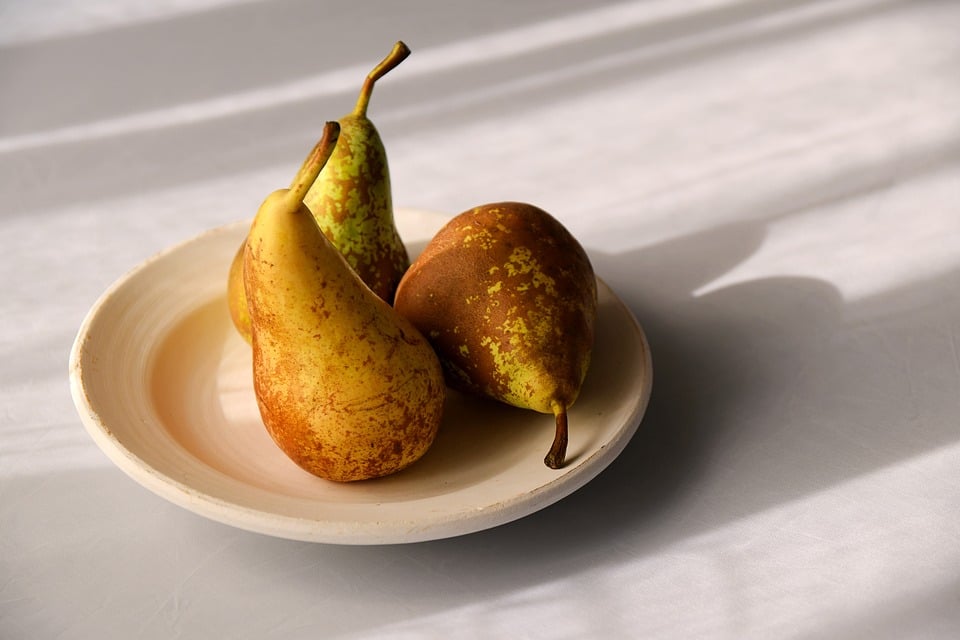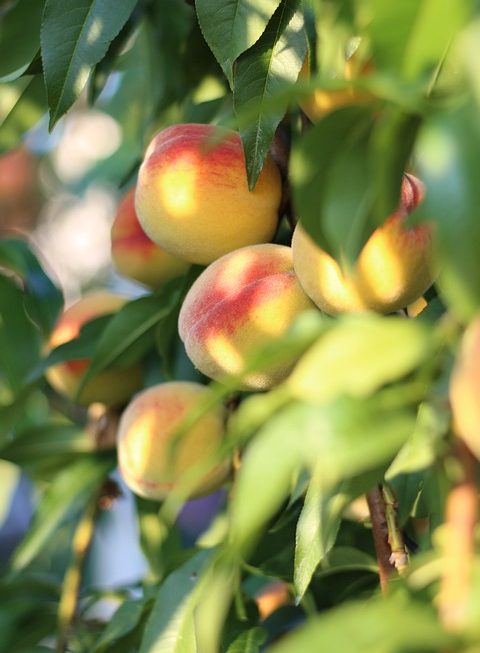Culinary Cultures: Celebrating Food Traditions Around the World
Food is more than just sustenance; it is a reflection of culture, history, and identity. Across the globe, culinary traditions serve as a medium through which communities express their values, beliefs, and shared experiences. From the spice-laden kitchens of India to the robust flavors of Mediterranean cuisine, our culinary landscapes are rich and varied. This article explores the significance of food traditions around the world, celebrating their diversity and the stories they tell.
The Roots of Culinary Culture
Culinary traditions are influenced by geography, climate, history, and the availability of ingredients. For instance, in coastal regions, the diet is often centered around fish and seafood, while mountain communities may rely heavily on root vegetables and grains. Ancient practices, such as farming and foraging, are intertwined with local customs, festivals, and celebrations, creating a unique tapestry of flavors and techniques that define a region’s cuisine.
The Role of Ingredients
At the heart of any culinary tradition are its ingredients. Each region boasts its own native foods that shape its cuisine. Take, for example, the vibrant use of chili peppers, corn, and beans in Mexican cooking, which can be traced back thousands of years to the indigenous peoples of the region. In contrast, the use of rice, fresh herbs, and seafood forms the backbone of Japanese cuisine, reflecting its reliance on the ocean’s bounty. These ingredients cultivate a sense of place and history, linking people to their ancestors and the land.
Culinary Techniques: An Art Form
The methods of preparation are just as essential as the ingredients. Techniques vary widely between cultures, offering insight into local lifestyles and practices. In Italian cuisine, the art of hand-pulling pasta is a treasured skill, while in Filipino culture, the process of fermenting fish to create bagoong is a legacy passed down through generations. These techniques are often communicated through stories, passed down as family recipes that connect generations.
Celebrating Food Through Festivals
Around the world, food festivals celebrate cultural heritage and connect communities. Events like India’s Diwali celebrate the harvest with elaborate feasts, featuring sweets and savory dishes prepared for sharing and giving. In Japan, the Cherry Blossom Festival not only showcases the beauty of cherry blossoms but also culinary traditions, with people enjoying picnic-style meals beneath the blooming trees. These festivals highlight the communal aspect of food, bringing people together to celebrate their cultural identities through shared meals and rituals.
Fusion and Adaptation
As cultures intermingle, culinary fusion emerges, resulting in innovative dishes that honor multiple traditions. The blending of flavors and techniques creates a dynamic food landscape. For example, Korean BBQ has made waves in the culinary scene worldwide, but its roots lie in centuries-old Korean traditions. Similarly, the rise of "Tex-Mex" cuisine represents a fusion of Mexican and American flavors, giving birth to a new culinary identity that acknowledges its heritage while adapting to changing tastes.
Sustainable Practices and Future Trends
As we celebrate our diverse culinary cultures, it’s important to also focus on sustainable practices in food production and consumption. Many indigenous cultures have long practiced sustainable agriculture methods, emphasizing respect for the land and biodiversity. By learning from these traditions, we can help shape a more sustainable future in cuisine, one that honors the past while addressing contemporary challenges such as climate change and food insecurity.
Conclusion
Culinary traditions are a mirror reflecting the complexities of human culture. They tell stories of resilience, innovation, and community, connecting us to our history while paving the way for future generations. As we savor the flavors from around the globe, we celebrate not only the food itself but also the rich cultural heritage it represents. By appreciating and learning about diverse culinary cultures, we enrich our own lives and contribute to a more interconnected world. Let us continue to explore, honor, and share the vibrant tapestry of recipes, techniques, and stories that define who we are through food.




